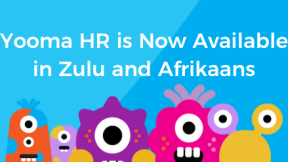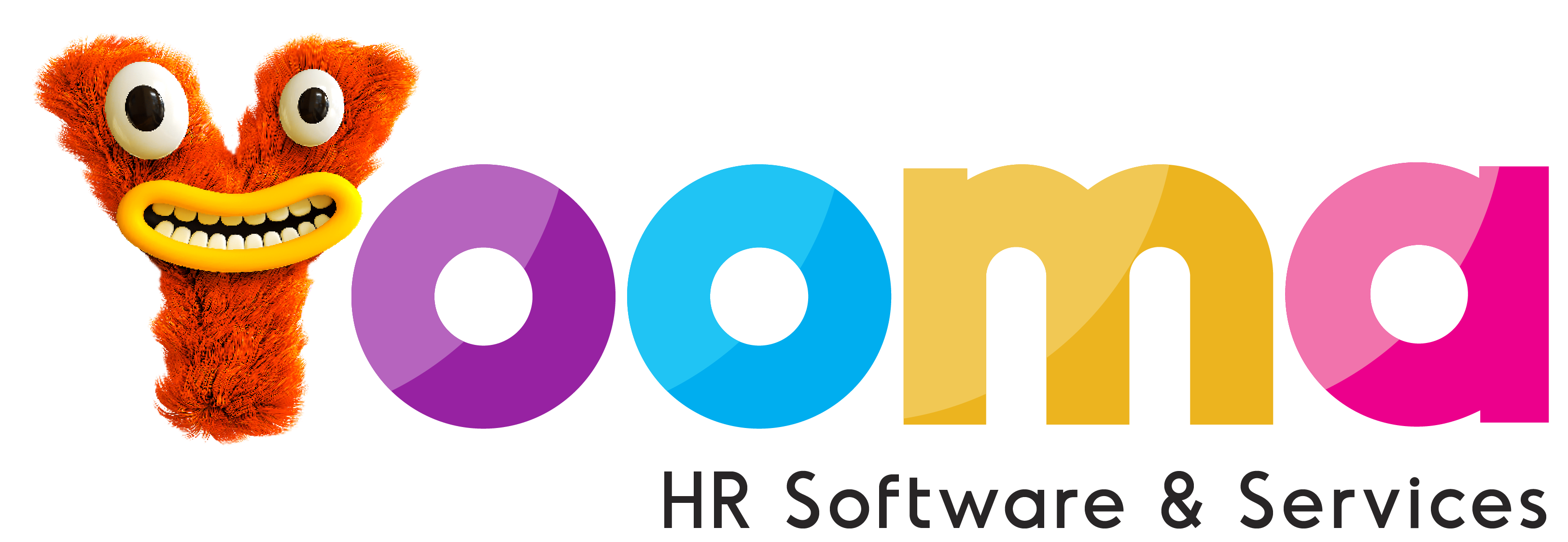I frequently hear employees say “I’ll report you to HR!”, or recommend to a colleague “you should take him/her to HR!” When someone says this it is usually out of frustration, because they think they have run out of options. It also means they see HR as a sanctuary where they will have a sympathetic ear for their interpretation of events.
My normal reaction on hearing someone saying this is “So what would you want HR to do?” Not surprising, there are invariably only general replies, usually quite vague like “but HR must be able to do something!” The big question is: Can HR really “do something”? To put it differently – should HR take up the cudgels, especially if the unhappy employee – as in so many cases – wants the issue solved without drawing attention to them?
Fundemantal to understanding this is the question of HR’s role in the architecture of organisation. Is HR management’s side kick? Or is HR the “employee advocate” in the company, tasked with protecting employees even against senior people in the organisation?
Irrespective how we cut it, HR is first and foremost advisors to management about HR matters, and secondarily HR is an actor in the compliance and administration dramas in the organisation. Way down the list of HR’s priorities is solving queries raised by individuals who are distressed about the behaviour of a fellow employee, particularly when it involves a situation with managers who treat their team members badly.
It comes as a shock to many people when they hear the low priority that employees’ unhappiness has in HR’s priorities, especially since there is the common perception that HR is there to protect employees.
In executing HR’s mandate – to serve management with know how and advice about people aspects – HR will invariably be the custodian of policies governing the people aspects of the business. The more common of these are benefits policies and procedures like leave, study assistance, staff development, wellness and all manner of employee relations products. These all deal with the boundaries between employees and the organisation, and – in some instances – between the diverse people in the organisation. And in most instances, HR does not “own” the policy; it only acts as a custodian of policy documents, since the policies are owned by management in the organisation.
Let’s use the organisation’s disciplinary policy as an example. It is a weak policy that makes HR the decision maker about an employee’s fate when discipline is meted out. As far as possible the decision maker should be a line manager in the business unit or function – the “line” where the employee reports. If for whatever reason this cannot be followed, the decision maker should be empowered by the head of the line in which the employee works for a disciplinary decision to have legitimacy. HR should act as the advisor to the chairperson of a disciplinary hearing to ensure that decisions are taken in line with policies and solid principles, but the final decision should rest with line management. Where a line manager’s decision carries legal exposure for the organisation, HR might have veto right over the decision, but HR should not be the decisionmaker in normal disciplinary matters.
Let us again take another common example of what is deemed an HR responsibility – recruiting new employees. HR cannot on its own decide to hire someone into the organisation, without a need to add another staff member to the payroll being raised by a mandated manager. Yes, HR should take the leading role in filling a vacancy, but the decision to fill the vacancy from a list of candidates presented by HR should still be made by line management. An HR manager can highlight the lack of skilled staff to management, but it remains the management team member with the budget who should authorise the vacancy to be filled.
Another important role of HR is that of risk and compliance reviewer relating to employment legislation. In this role HR is mandated to check how the organisation implements and adheres to the many legislated requirements that govern employment in the country. Again, this is a functional requirement and only peripherally touches on interaction HR and individual employees. Nothing in this role requires the HR practitioner to act on behalf of an employee in a dispute with the organisation or with a dispute with colleagues.
Where then can an employee turn if they encounter difficulty with a colleague or a supervisor or a manager who acts in contravention of good norms and standards, or generally where people misbehave in their interaction with one another? Clearly, “speaking to HR” is not the answer, but using the processes in the organisation designed to protect employees against abuse and wrongful treatment is. That process is the grievance process in most organisations. And please note, it is not the “HR grievance process”, it is the grievance process. Yet again, grievance handling is NOT an “HR intervention”, it is a process put in place by management to act as a communication channel between emloyees and management.
Unlike the disciplinary process – which is a channel that runs from management to employees – the grievance process provides for a structured channel that runs from an employee to management, and communication in this channel is owned by the aggrieved employee. This should be well understood: unless the grievance is of a particular serious nature and a decision maker in the organisation decides to hand the resolution thereof to HR, merely raising the grievance does not mean that the employee can sit back and await an outcome.
Most grievance processes will have a manager – usually the employee’s line manager – listens to the grievance, and attempts to solve it in consultation with the employee. While there is frequently a time lag between the talk between the manager and the employee and the manager’s decision, the outcome is discussed with the employee. The employee is then given a number of days to either declare the grievance solved, OR to escalate it to the next level of management. In such an escalation process, it is once more the employee who is in the driving seat, and not HR.
Clearly such an escalation process should have boundaries, both in terms of the number of escalations and to whom in the organisation it may be addressed. If not, it means that one employee’s issue can “riccochet” through the organisation for a long peiod, accruing side issues and diversions on its way, thereby undermining general workplace health.
So, in conclusion, is it a good call to “take it to HR”? It should be clear – only if you are prepared to work with HR towards a solution, likely by confronting your tormentor through the channels established for it. If you are not willing to do so, then “going to HR” with your concern is not likely to lead to a long term solution.
If you want to find out more about this topic or want to discuss your HR needs with an experienced HR professional, feel free to contact the auther by email
Click here to read more articles like this one.
View our Latest Blog Posts

Making the Switch: Smooth Transition to a New HR and Payroll Software

Enhancing Employee Engagement Through HR and Payroll Software

Mastering Labour Law Compliance: Elevating South African Companies with HR & Payroll Software

Simplifying Skills & Competency Management: Navigating the Corporate Maze

The Role of HR Technology in Supporting Remote Work Policies and Procedures

Choosing the Right HR and Payroll Software: A Comprehensive Guide for Businesses

How HR Managers Can Prevent Employee Burnout With AI

The Best Tips To Onboard Employees So They Fall In Love With Your Company

Top Three HR Technology Trends To Help You Retain Employees In 2023



